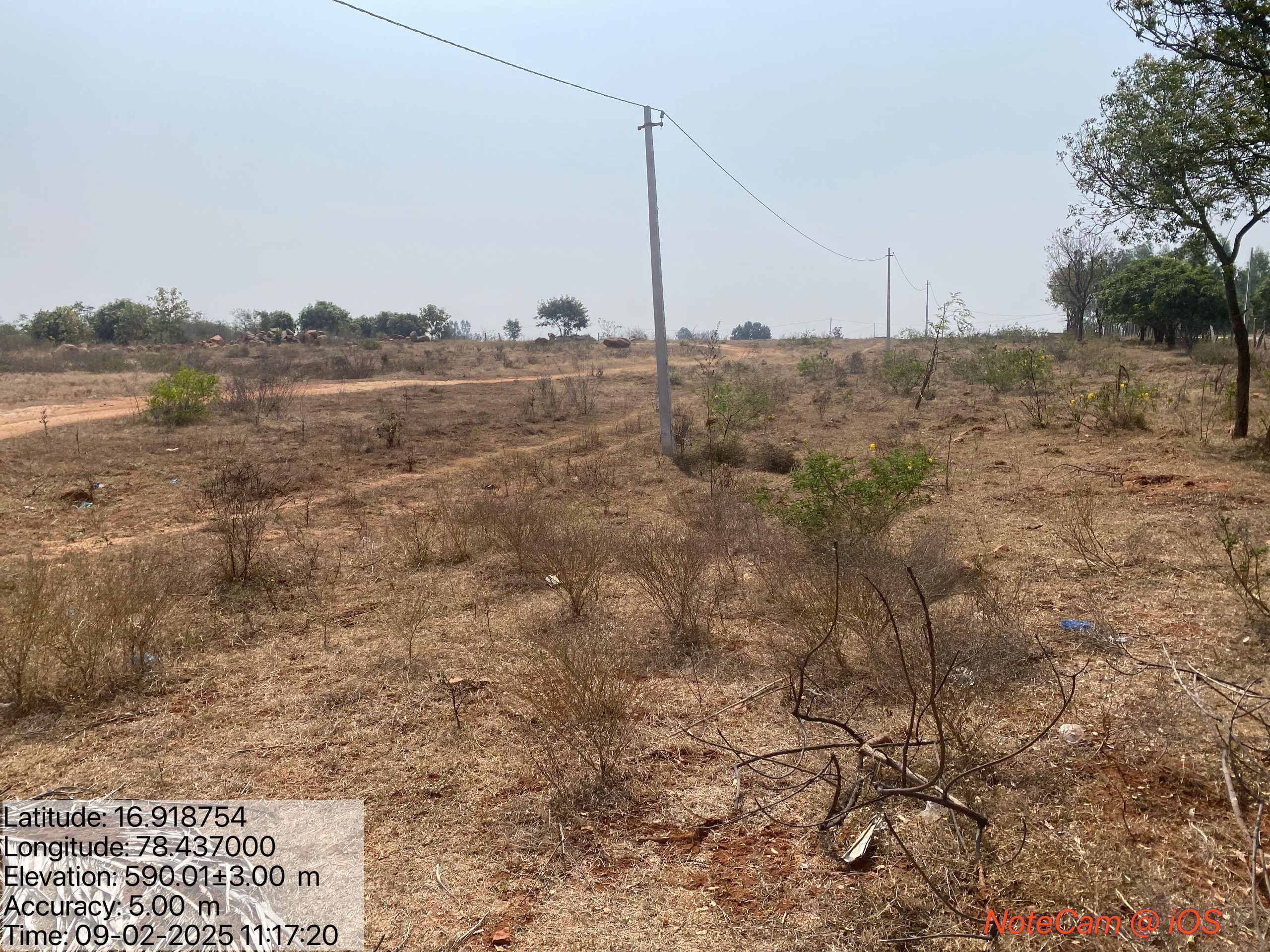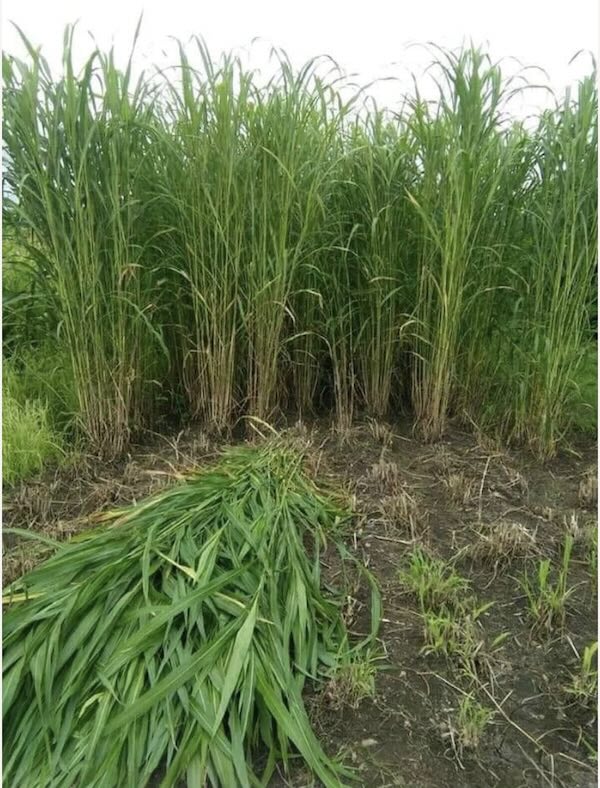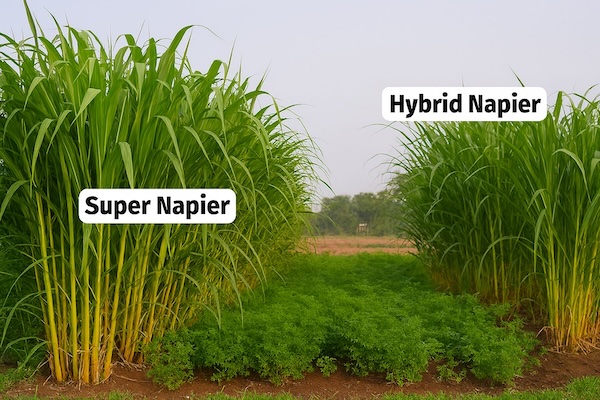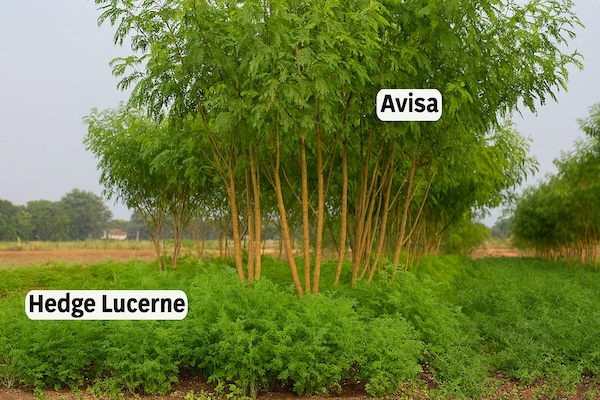Elevated Sheds in Sheep Breeding: Smart Infrastructure or Costly Overhead?
As sheep farming evolves toward more structured and scalable systems, elevated sheds have gained popularity across Telangana and Andhra Pradesh. But are they the right fit for your operation? At Surya LiveStocks, we break down the advantages and disadvantages of elevated sheds to help farmers make informed decisions.
✅ Advantages of Elevated Sheds
1. Improved Hygiene and Waste Management
- Elevated floors (typically 50 cm or more above ground) allow urine and dung to fall through slatted gaps, keeping the shed dry and reducing hoof infections.
- Reduces ammonia buildup and fly breeding, especially in humid months.
2. Better Ventilation and Temperature Control
- Raised platforms allow airflow underneath, helping regulate temperature and moisture.
- Ideal for semi-intensive systems where sheep are housed during peak heat or monsoon.
3. Reduced Parasite Load
- Minimizes contact with contaminated soil, lowering risk of internal parasites like coccidia and roundworms.
- Easier to implement rotational cleaning protocols.
4. Efficient Labor and Monitoring
- Easier to inspect animals from below or side angles.
- Cleaning becomes mechanized or modular—less manual scraping.
5. Adaptability in Low-Lying or Rain-Prone Areas
- Prevents waterlogging and feed spoilage during heavy rains.
- Suitable for regions with poor drainage or black cotton soil.
❌ Disadvantages of Elevated Sheds
1. High Initial Investment
- Requires steel, cement, or treated wood—costlier than mud-floor sheds.
- Skilled labor needed for slatted floor design and load-bearing calculations.
2. Structural Complexity
- Must be designed to support adult sheep weight (~50–60 kg per animal).
- Poor design can lead to injuries or collapse, especially during lambing season.
3. Feed and Water Trough Integration
- Troughs must be elevated and stable—incorrect placement can lead to spillage or feed wastage.
- Water access must be continuous and spill-proof to avoid wet flooring.
4. Not Ideal for All Breeds or Systems
- Heavier breeds or pregnant ewes may struggle with slatted floors.
- Extensive systems (grazing-based) may not benefit from full-time elevated housing.
5. Maintenance Demands
- Slats need periodic cleaning and inspection for cracks or rust.
- Dung pits below must be emptied regularly—usually every 4–6 months.
🧠 Surya LiveStocks Recommendation
Elevated sheds are highly effective for:
- Semi-intensive systems
- Monsoon-prone regions
- Breeds like Nellore Brown and Jodipi that adapt well to shed-based rearing
However, for extensive or low-budget operations, a hybrid model with mud-floor night shelters and elevated lamb pens may be more practical.
27
Nov






